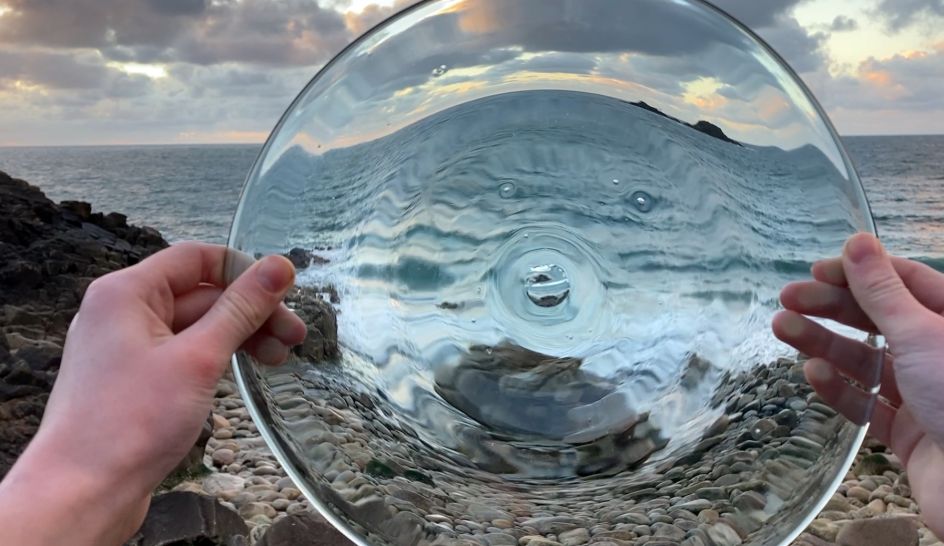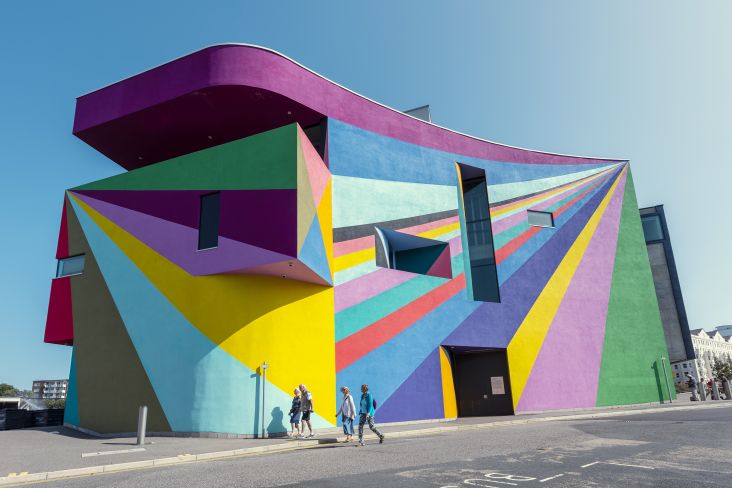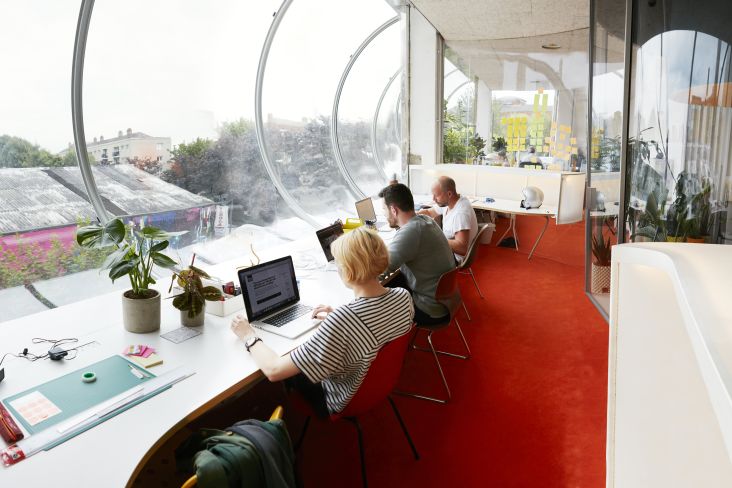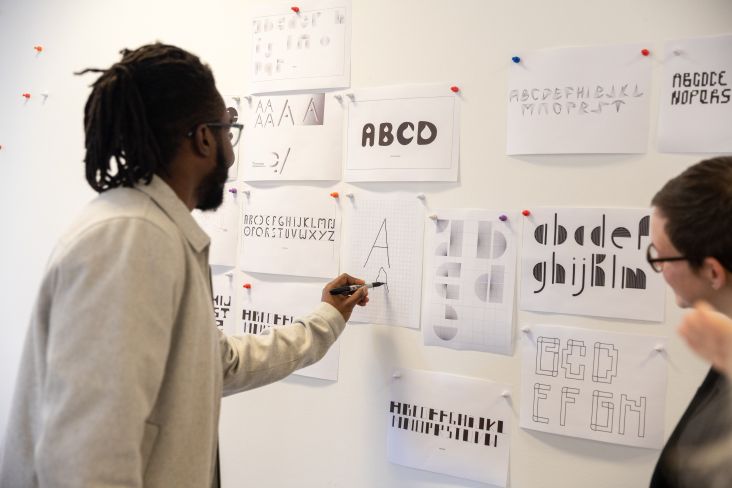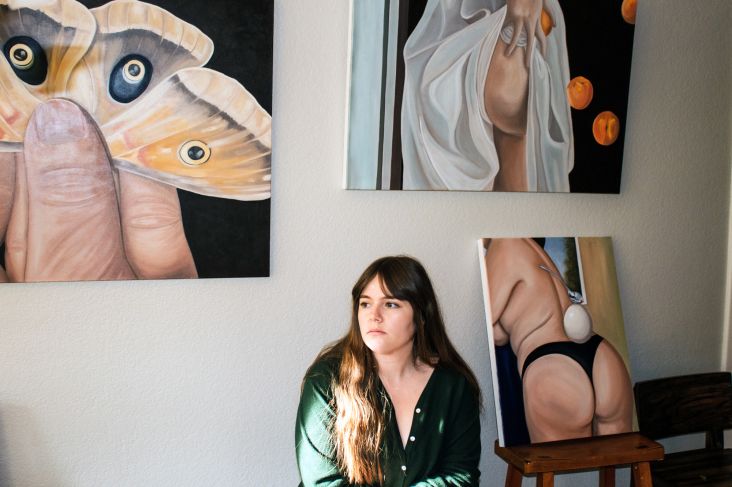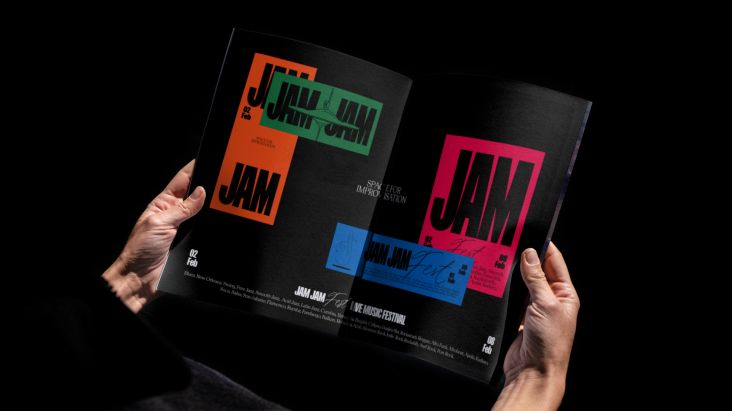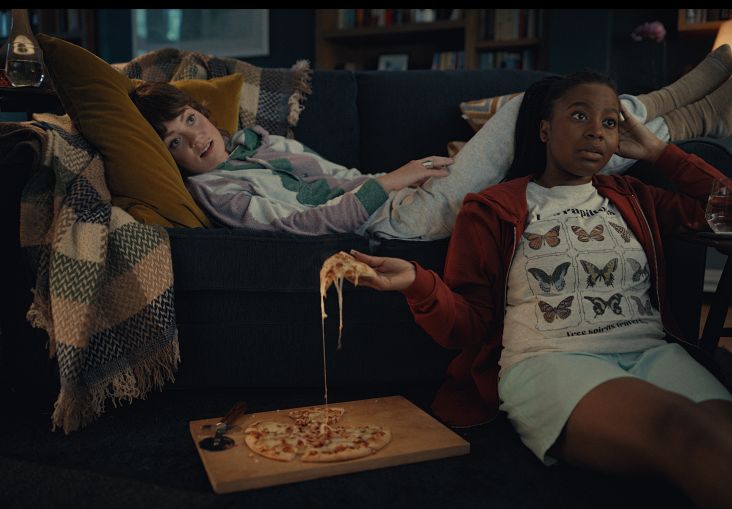Abigail Reynolds has turned a Cornish beach into beautiful glass sculptures
Visual artist Abigail Reynolds has transformed the beach near her St Ives studio into beautiful glass sculptures using traditional methods and raw materials, including sand and kelp. And off the back of a recent exhibition, she has documented her process in an accompanying book.
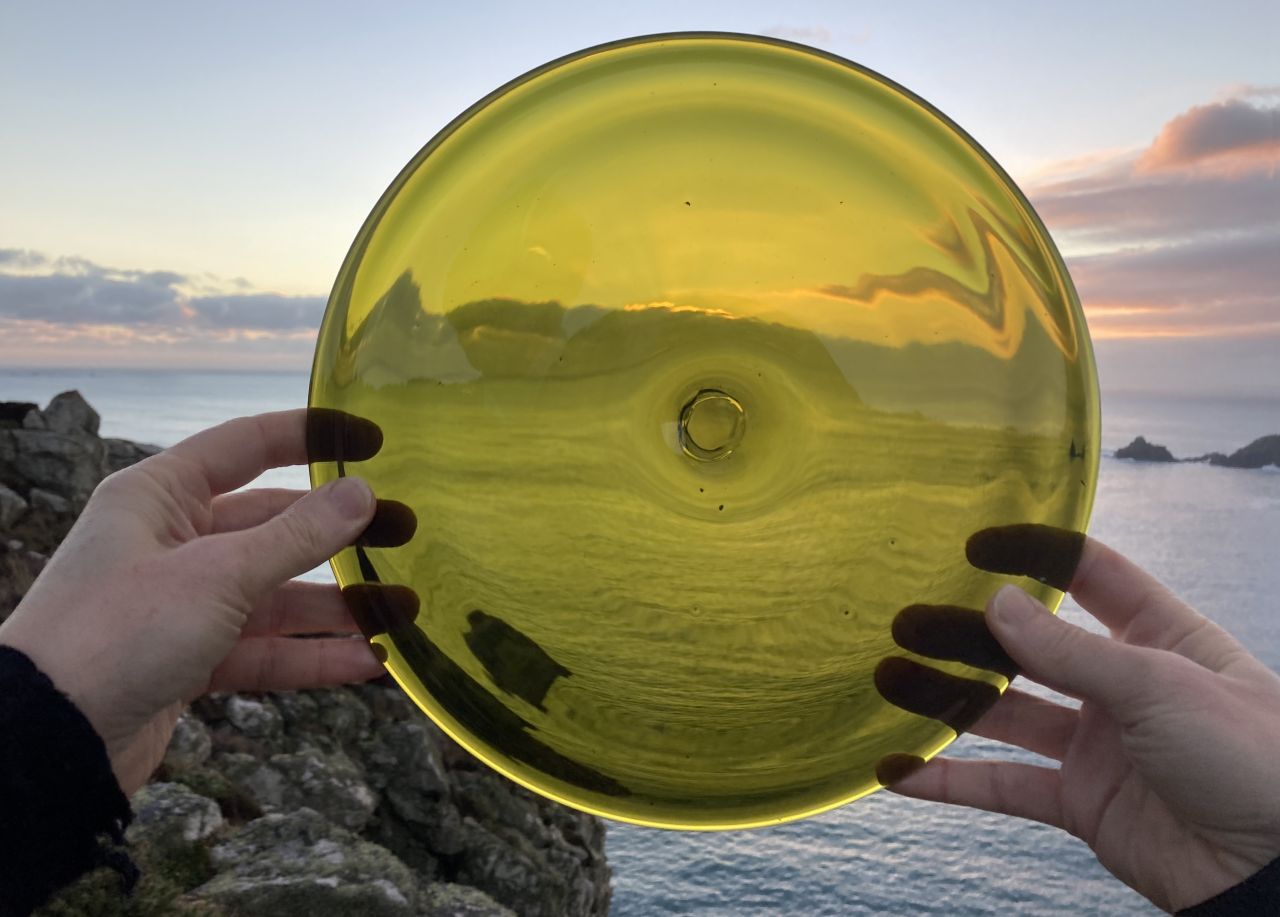
All images courtesy of the artist
Glass can be an easy material to take for granted. After all, most of us usually look through it to appreciate what's on the other side. But for visual artist Abigail Reynolds, glass has unique properties which tie into her broader working practices. And after learning more about how glass is made, she decided to turn a nearby Cornish beach into glass made from materials such as sand and seaweed.
Having decided to make glass out of a Cornish beach in 2019, Abigail embarked on a process which took a whole summer to complete. The results were worth it, though, with her series of beautifully clear glass roundels recently being displayed in an exhibition called Flux, along with a video and book detailing her creative process.
Speaking to Creative Boom, Abigail reveals that it was while visiting the Isles of Scilly and noticing the shallow granite pits by the shoreline that she came across traditional glass-making methods. It turned out these were really 'kelp pits', and this burnt seaweed ash was sent to Bristol for use in the glass industry.
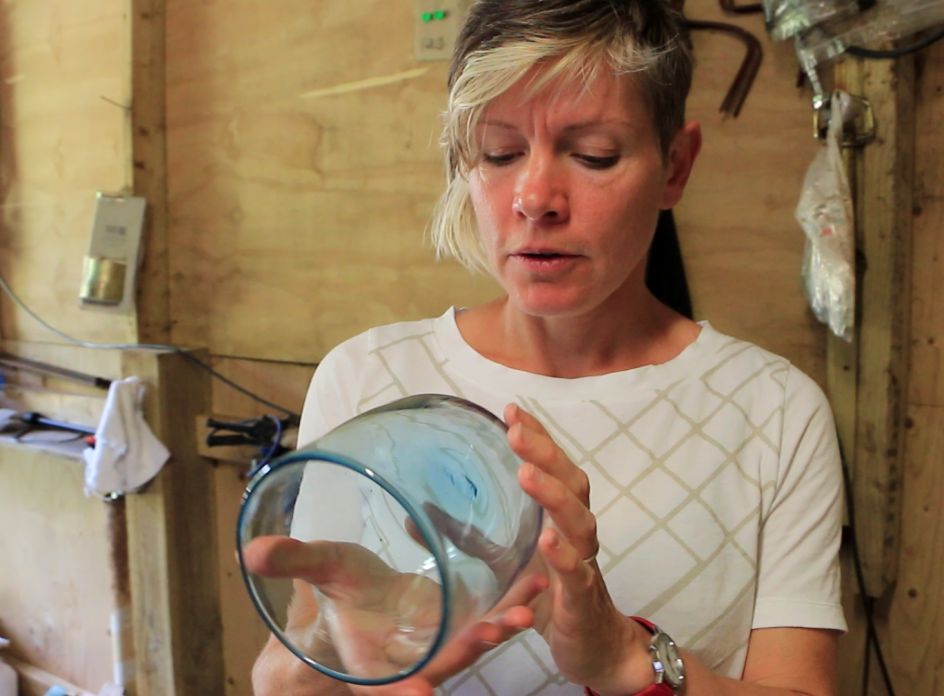
"Really, it isn't the seaweed that becomes glass; it's the beach sand – but the only thing required to bring the melting point of sand down so that it can become glass is seaweed," Abigail explains. "I learned that kelp was used as a flux in glass-making and was the only other ingredient with the sand. I realised that a single beach could, therefore, possibly, become glass. And I just had to try and do it."
However, once she got down to it, Abigail initially had doubts. "It was slow, and I didn't think it would work, so my year of experiment felt rather whimsical at the time," she says. "I documented what I did with my phone, partly just to keep track of what I did, what the conditions and dates were and so on so that I could make changes when things didn't work."
This footage eventually became an accompanying short film, which used Abigail's accompanying narration to explain the glass-making process. The footage was shown at the Flux exhibition at Kestle Barton, along with a photo book. Split into four short chapters, titled 'Sand', 'Seaweed', 'Ash' and 'Glass', this limited-run book is available from Abigail's site. "They can be bought from my website very cheaply because I want it to be accessible," she adds. "For me, the process of making the glass is more interesting when it's transparent (sorry, that's a bad pun). The glass is more astonishing when you know how it was made, not less."
Those looking to try glass-making after seeing Abigail's sculptures should be aware of its challenges. "It's just so labour intensive; it's very slow and dirty work," she says. "There were no shortcuts to drying out the kelp, for example. Even burning it is slow. I used an agricultural feed grinder to turn it to powder – and I was very glad to find a potter with one. I suppose it could be mechanised, but the economics and the scale at which we desire glass means it's not viable."
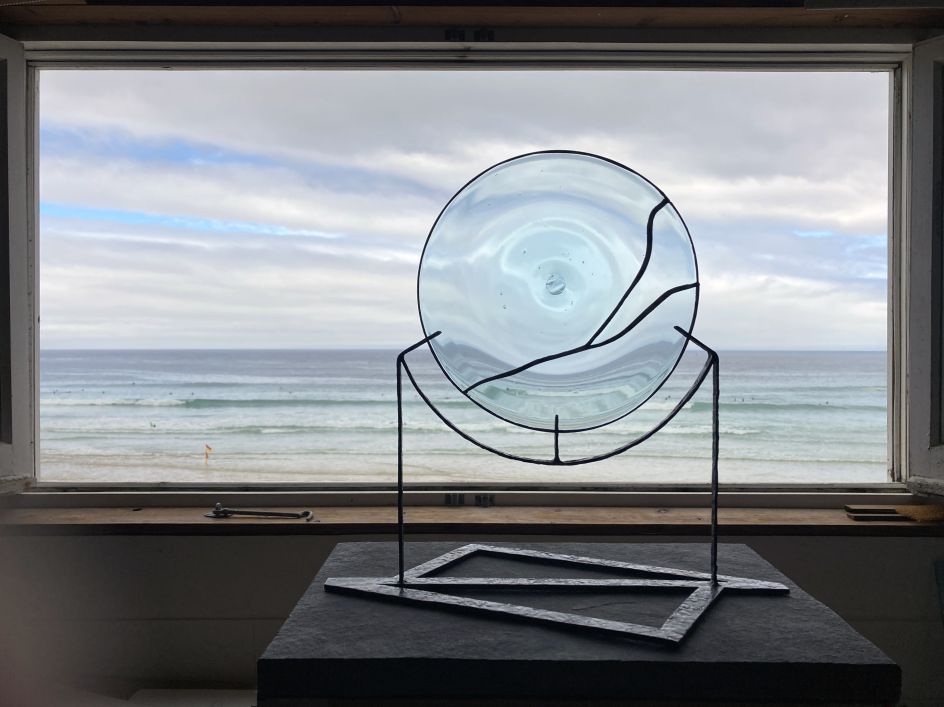
It sounds like this difficulty is part of the appeal, though. "It felt good to do everything from first principals, to have my hand on every kelp frond, every cup of sieved sand. Formerly, glass was always made with plant ash, which was quite precious until fairly recently, but now we want a lot of fast glass. The glass I make is more responsive to work with than the current glass. It stays workable at a lower temperature. I am still astonished by it."
This astonishment extends from Abigail's appreciation of glass as a material to her connection with her local Cornish environment. "Working with anything – whether words or wood – brings you into a close relationship of properly listening and understanding," she says. "So the process brought me to a much more nuanced and physical understanding of this landscape and a much clearer understanding of glass, a material I often use in my sculptures. Even had I not succeeded at making glass from the seaweed and sand, I would still feel much closer to the landscape now.
"Then, because (to my surprise) the beach did become glass, I can share my renewed closeness to the landscape by showing the glass in a basic form of roundels or sheets that you can look through, using the beach as a lens. It's like a prompt to try and look from a different perspective, a less human-centred view."
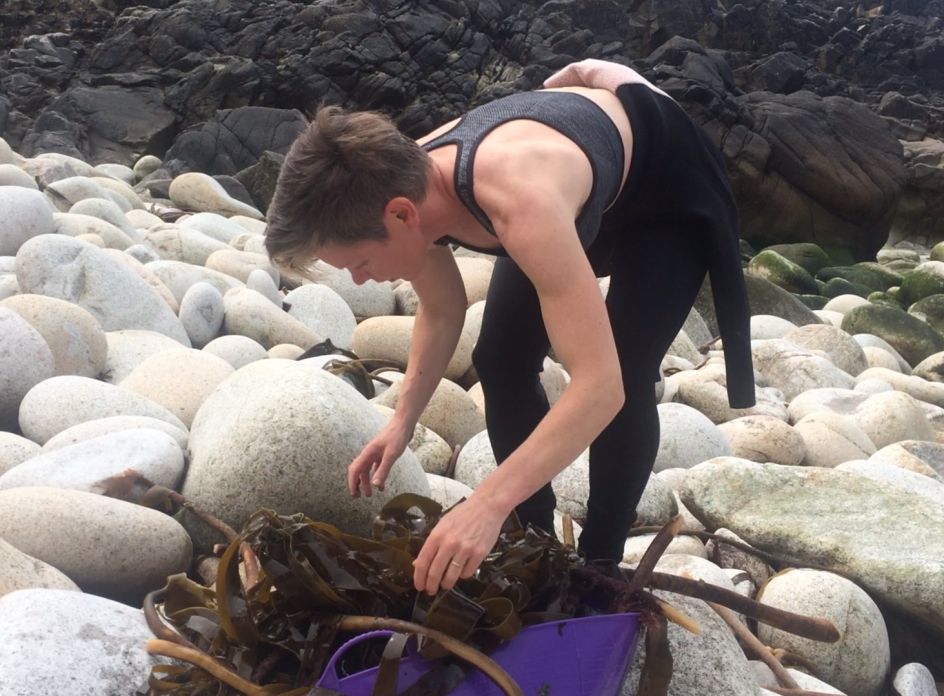
Speaking of why she likes to work with glass, Abigail explains that it "has a kind of magic about it. Glass is neither a fluid nor a solid – it is plural by nature." It allows for a lot of freedom, which makes her aware of light in a special way. "It refracts light passing through it, and in the case of textured glass, this is very beautiful. Working with glass is for me always working with light."
She adds that another foundation of her work is collage, which dovetails nicely into glass's unique properties. "One thing I enjoy about window glass – just clear glass – is that it marks a point between what is inside and outside and works as a collage bringing these things together.
"The glass is transparent, so you see beyond it, to objects at different distances to the glass, which flattens them into the one plane of the glass like a picture. But the surface of glass is so polished that it simultaneously reflects. Looking into glass, you can usually see yourself and your surroundings and what is beyond the glass. All these distances are collapsed into one plane. For me, this is like a metaphor for the way we experience the world."
